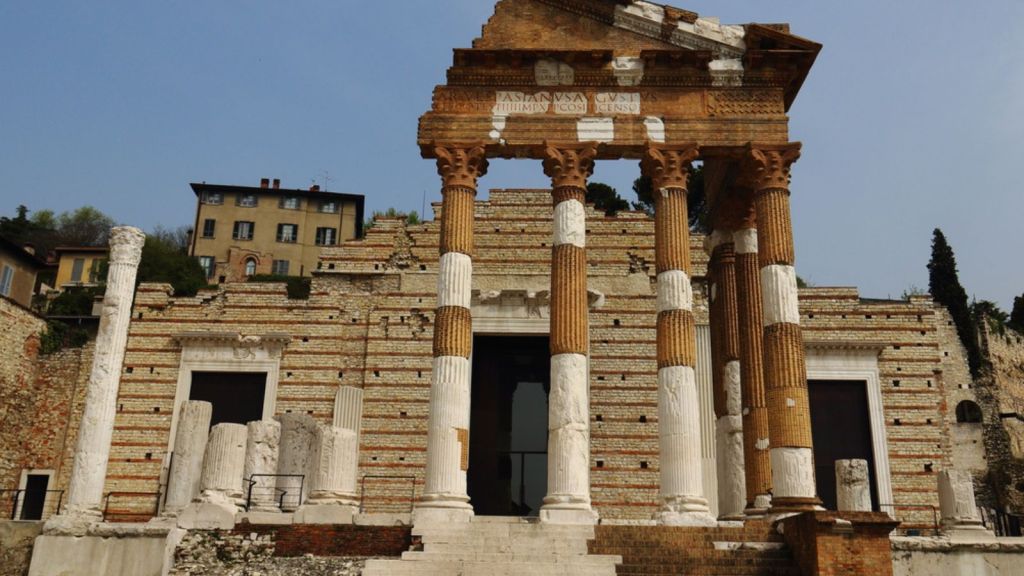“Unveiling the Shadows: 16 Surprising Secrets about the Dark Ages That Will Change Your Perspective!”
With its iron blade and moldboard, the heavy plow allowed for more efficient cultivation of heavy soils, increasing agricultural productivity. The three-field crop rotation system, introduced during this period, helped improve soil fertility and reduce the risk of crop failure. These agricultural advancements, combined with the waterwheel, contributed to a gradual increase in food production and population growth.
8. Architecture Wasn’t Just Drab Castles

While castles are iconic symbols of the Dark Ages, architecture during this period was far more diverse and impressive. Romanesque and Gothic cathedrals, with their soaring arches, intricate stained glass windows, and ornate sculptures, are testaments to the artistic and engineering skills of the era.
Monasteries, too, were architectural marvels, often featuring elaborate cloisters, libraries, and dormitories. Though simple in design, even humble peasant dwellings were constructed with ingenuity and adapted to the local environment. The architecture of the Dark Ages reflects a rich tapestry of styles, techniques, and cultural influences.
9. Medicine Wasn’t Just Bloodletting

While bloodletting was a common medical practice, it wasn’t the only one. Medieval physicians utilized a variety of herbal remedies, surgical techniques, and even rudimentary forms of anesthesia. Monasteries often had infirmaries where monks and nuns cared for the sick and injured.












